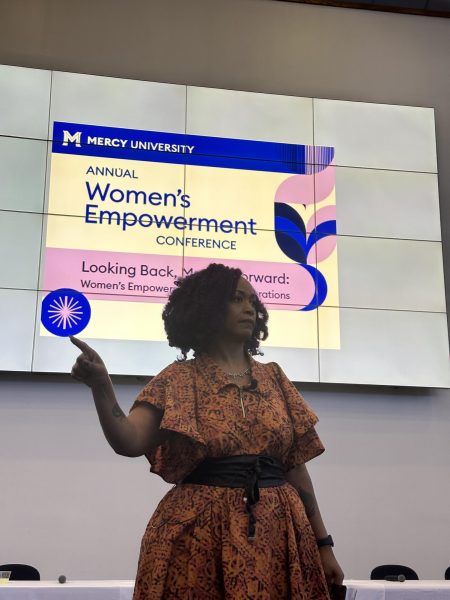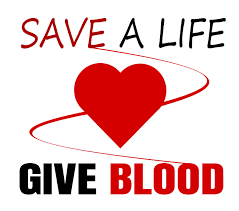Students Spent Their Summer Raising Funds For ALS
Beneath the merciless, dwelling sun this past summer, people all over the world found a unique way to cool off. It wasn’t the conventional way of perhaps jumping in a pool or cranking the air conditioner. It was to find their biggest bucket, fill it with a bag of ice and water and then dumping it over their head. While to some this may sound familiar, to others, conceivably idiotic. Though it would seem to be a plausible way to cool off, that wasn’t the point. This seemingly ludicrous stunt was repeatedly filmed and spread across the world as participants challenged an additional three people to repeat the process within twenty-four hours—otherwise known as the ALS ice bucket challenge.
Amyotrophic lateral sclerosis or ALS is a disease that attacks cells in the brain and spinal regions; its long term affect is dispiriting as it revokes motor skills and controllable muscle movements from its victims, imminently leaving them completely paralyzed before death. “It’s a devastating disease. Your mind is clear and you’re fully aware of what is happening to your body but you have no control.
It is a fast course and people only live a few years after being diagnosed, medical research explains.
Jean-Martin Charco, a French scientist discovered the disease in 1869, although its first distinct impact wouldn’t be felt until 1939. In 1939, New York Yankees all-star Lou Gehrig was diagnosed with the disease. He died in 1941. This particular case of ALS though disheartening, brought awareness to the ruthless disease for the first time, as it is most-commonly referred to as “Lou Gehrig’s Disease.” While “Lou Gehrig’s Disease” is often used to define ALS, it is also an ambiguous cop-out to describe such a cruel disease. Despite the impression Lou Gehrig’s disease left in 1941, the ALS Association and patients around the world were irking for a more recent and relevant cry for help.
Although science has come a long way since 1869, scientists are still left with inconclusive evidence of the origins of this disease. While in small percentages they are related to genetics, it is unclear how the majority of the cases are developed, which is why this call to action was so appropriate, as patients and scientists crave to find answers.
When the ALS ice bucket challenge went viral this summer, confusion stirred to how dumping a bucket of ice water over your head, opposed to donating money, (the penalty for not completing the challenge in twenty-four hours) was benefiting the ALS association. While many people completed this challenge and thought they were off the hook, they were in fact involved in an awareness campaign that caught the eye of millions of people around the world. Many people took the higher road, completing the challenge and donating money, also, many non-participants solely donated.
The significance of this apparently quirky challenge is unprecedented. According to the ALSA, nearly two million new donors contributed this past summer, trampling last year’s donations by over $86 million. This has been the most prominent roar for awareness since the diseases existence.
I got nominated by three people, so I did it three separate times,” said Mike Grimaldi, psychology major.
“I did it because it was such a good cause. My family and I all did it together, and we all donated too,” said Brianna Maldonado, Communication disorders major.

John Principio is a senior at Mercy College studying Public Relations. Even though he has never imagined himself as a writer, he has always loved to read...












